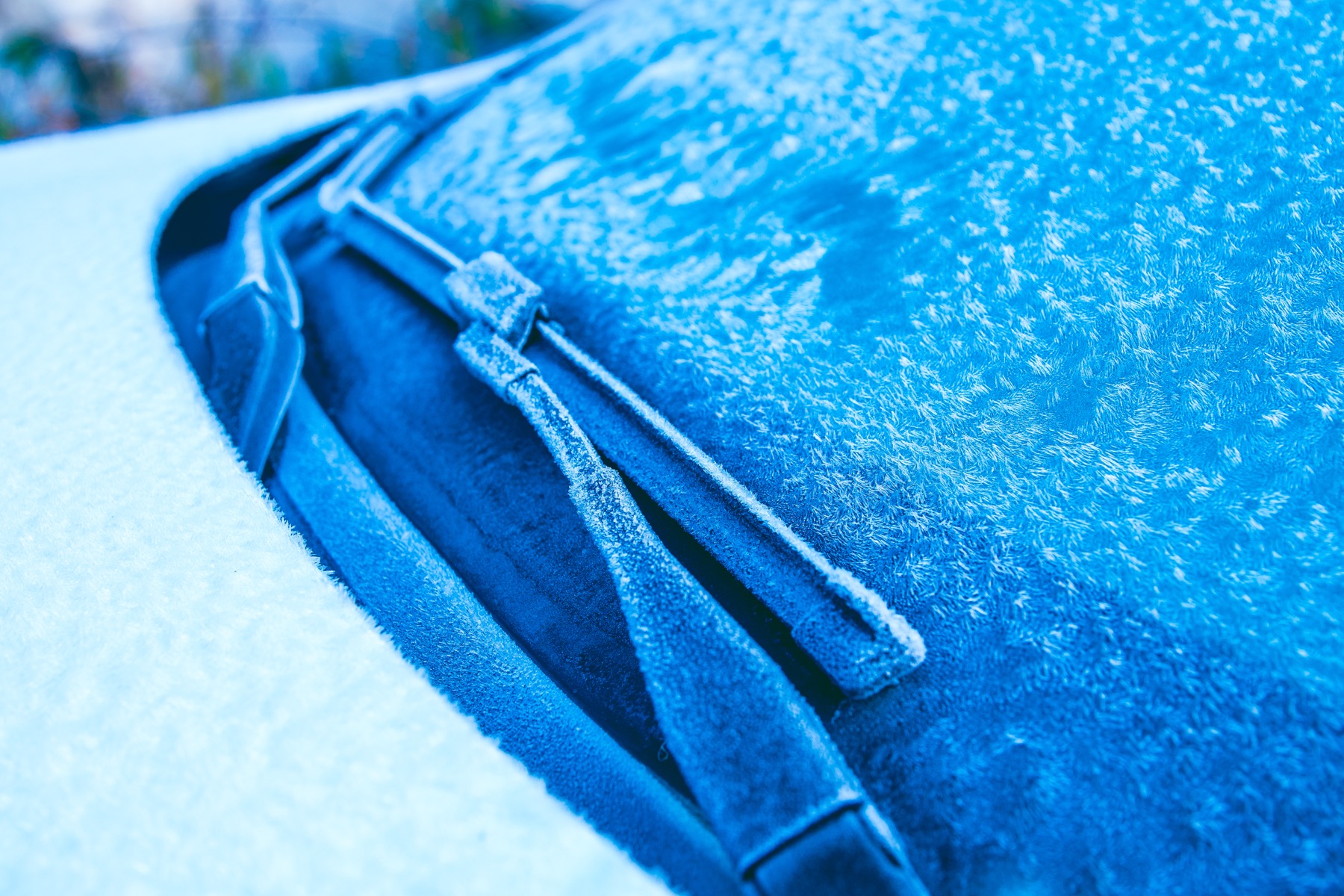Depending on who you ask (and how accurate their research is), Houston is either one of the top cities for winter driving safety or one of the nation’s worst.
But one thing nearly all Houstonians agree on is this: true winter weather doesn’t visit this sub-tropical city very often. When it does, most Houston drivers don’t have any idea of how to cope with wet, icy or snowy streets.
Unfortunately, with the onset of climate change globally, “traditional” winter weather patterns like Houston’s temperate winters are becoming a thing of the past. Houston has had some record cold temperatures in recent years and even some bona fide snow days.
These Houston winter driving safety tips come courtesy of our neighbors much farther north – drivers who really know how to stay safe and alive on the roadways in winter!
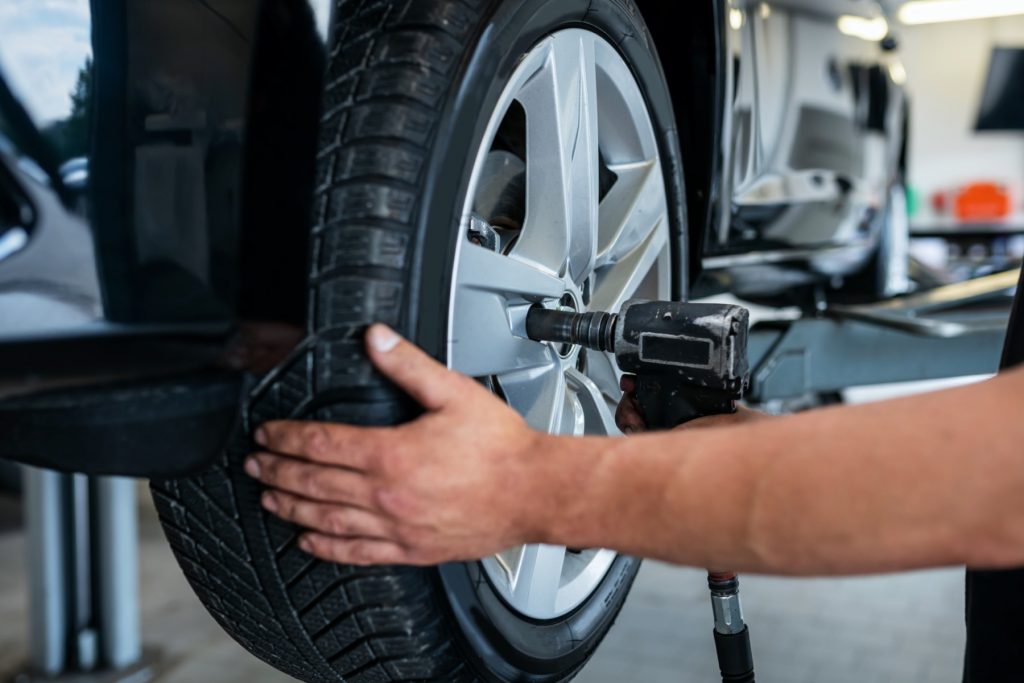
1. Keep your tires in tip-top shape.
In other words, winter is not the time to led the tread on your tires go bare. You really want to be able to trust those four wheels underneath your chassis to get you from point A to point B, no matter what they encounter on the road.
Do you need true winter tires in the south? Here, there is no unified consensus. It can even vary from year to year – some Houston winters are a lot colder, wetter, icier and snowier than others.
Winter tires are made to ensure winter driving safety at temperatures of 50F or below. Their tread is wider and deeper and the edges of the tire itself are squared-off for better navigation, especially during turns, in packed snow.
Of course, Houston doesn’t get much snow and what it does get typically isn’t packed. For the safest driving conditions, experts recommend switching between winter tires and all-weather tires. Otherwise, ensuring your vehicle has a new, fully aired and well maintained set of all-weather tires is probably your best bet.
4 tips for terrific winter tires
- Do the “tread test” with a penny. If the penny is nearly fully visible when placed between two treads, replace your tires.
- Test tire pressure and ensure they are at maximum recommended PSI before driving on them in winter. Understand what cold does to tires – for every 10 degrees reduction in outside air temperature your tires will lose 10 PSI.
- Consider winter tires if the winter forecast calls for sleet and snow or temperatures that are consistently below 50F.
- Rotate your tires every 6,000 miles no matter what.
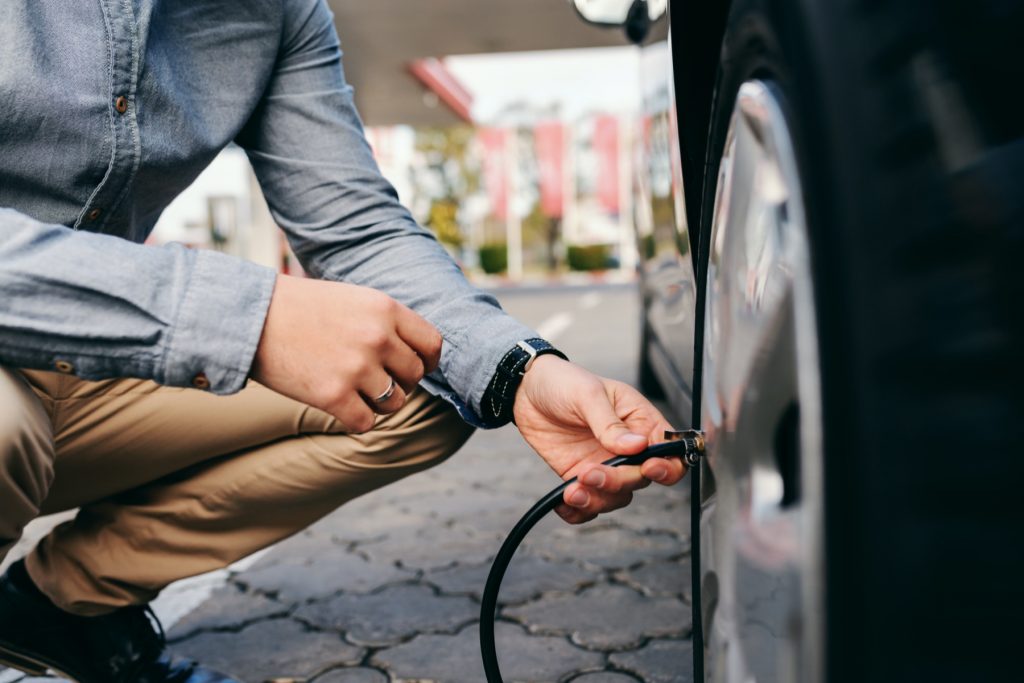
2. Keep your car clean and well-maintained.
Living in a big city like Houston, TX, means you just never know what you will get when you enter the roadways. But what you can know in advance is whether your car is ready to get out on the open road at all!
For example, nearly all drivers have found themselves running late and felt tempted to just jump in their car without clearing away fog, ice or snow from front and rear windshields and side mirrors.
But when you can’t see, it is very hard to practice winter driving safety!
In the same way, don’t wait until your windshield washer fluid light comes on mid-drive to notice whether you have enough fluid to keep your windshield clear during your journey. And be sure to always check that your windshield wipers themselves are operating smoothly before you head out for a drive.
Check the levels of all vehicle fluids regularly and always leave an extra five minutes to wipe down your car’s windows and mirrors before you have to depart.
Also be sure to stop and refuel any time you set out and see that you have less than one-half a tank of gas in your vehicle. You just never know when weather might slow down traffic and you might need that extra fuel.
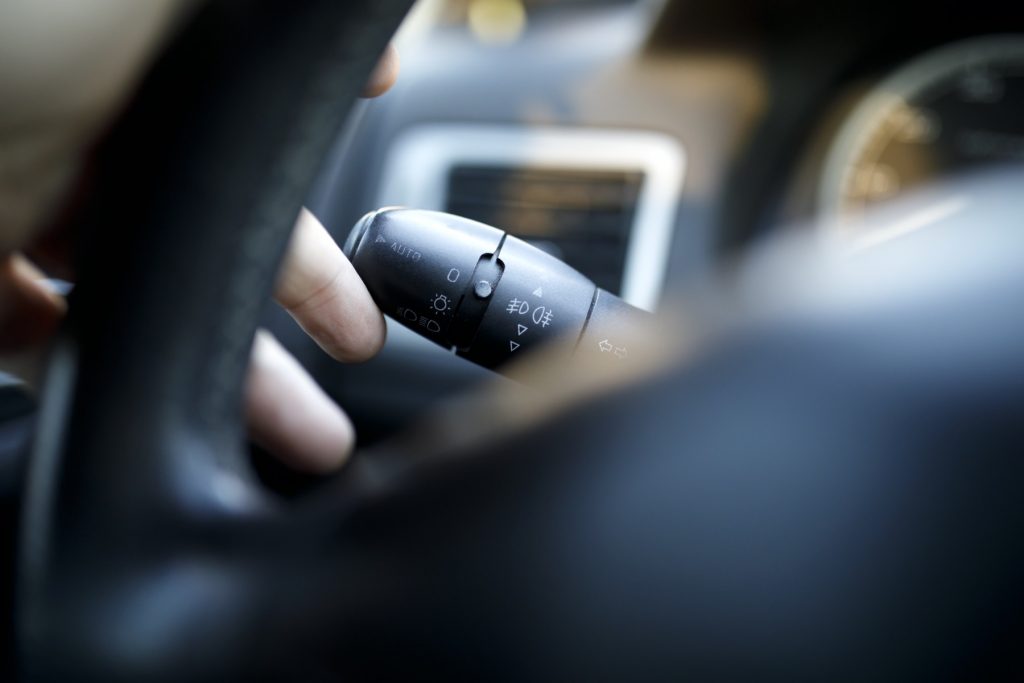
3. Be a good driver.
Even the best set of winter or all-weather tires will only get you so far. Self-driving cars aside, ultimately your safety record on the road is only as good as the driver behind the wheel.
You want to take special care to drive like you just graduated from driver safety class (yet again).
Signal before changing lanes or turning. Maintain proper distance. Use the right set of lights at the right time of day. Obey the speed limit and all traffic signs. Stay off your phone and whatever you do, do not text and drive.
These Houston winter driving tips will stand you in good stead year-round. But in winter weather they may make the difference between a safe drive home and red flashing lights headed in your direction.
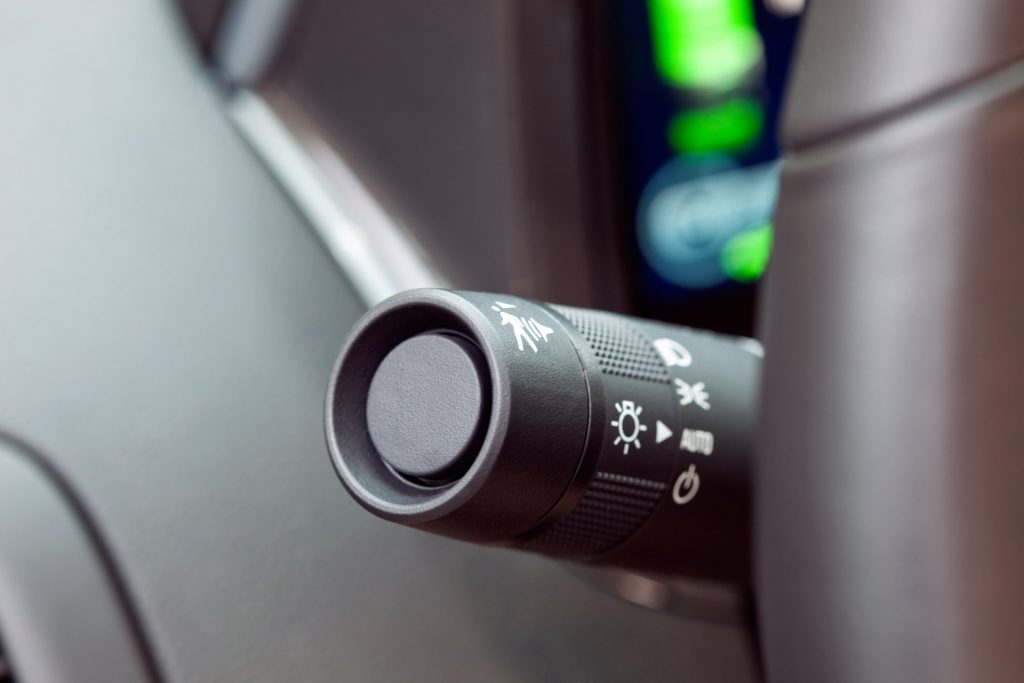
4. Forget you have cruise control.
Cruise control can be a lovely thing on road trips under the warm summer sun. In winter conditions when the road is cold, wet, icy or snowy, cruise control can be a killer.
You really do not want to use cruise control or any type of auto-drive features if there is even a hint of moisture in the air or on the ground.
Using cruise control in these conditions will cause your car to hydroplane and make it nearly impossible to control the vehicle if the unexpected occurs.
NOTE: If you happen to have cruise control enables and it starts to rain, sleet or snow, tapping the brakes will disable it and restore control over your vehicle.
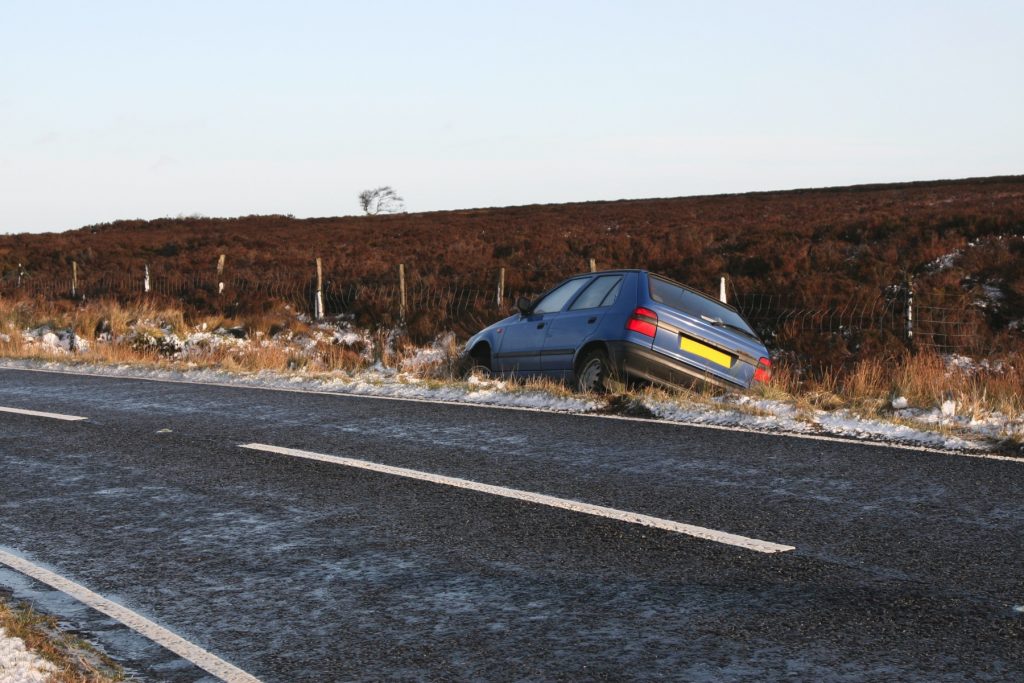
5. Know what to do if your vehicle starts to skid.
At the very least, you should know what not to do – do not panic! Nearly every driver has at least one story about going into a skid just when they least expected it.
Winter can make skids more likely because it can be very hard to see black ice on the roads.
“Black ice” gets its name not from its color but from where it forms – on roadways. Roadways are often black or brown and the ice, of course, is transparent. So from behind the wheel it is impossible to see black ice before you hit it.
This is also why it is even more important to obey the speed limit or drive even more slowly if there is any chance of black ice forming.
If your vehicle does start to skid, gently lift your foot up off the gas pedal while turning the steering wheel towards where you want the car to go.
Most cars today have anti-lock brakes (ABS) installed. To slow a skidding car with anti-lock brakes, gently but firmly depress the brakes. Do not pump the brakes!
6. Check routes and road conditions in advance.
As any veteran Houston driver will readily share, Houston roadways are notoriously clogged and unpredictable. This is simply made worse by the ever-present construction that seems to be taking place on nearly every major roadway around the city.
There is never going to be a way to know exactly what you will get when you get out and start driving.
But with some help from today’s GPS-driven apps, you can at least guesstimate what routes might be the least congested and whether roadway conditions are causing any traffic delays that might make you late.
2 apps to always check before putting your key in the ignition during winter:
- Weather report app. Is rain or snow forecast around the time you plan to be in your vehicle? Maybe leave earlier or give your car an extra safety and visibility check.
- Traffic/driving report app. Is there a car accident or road construction along your normal route? Might be time to try a new route to save you time and stress and keep you safe.
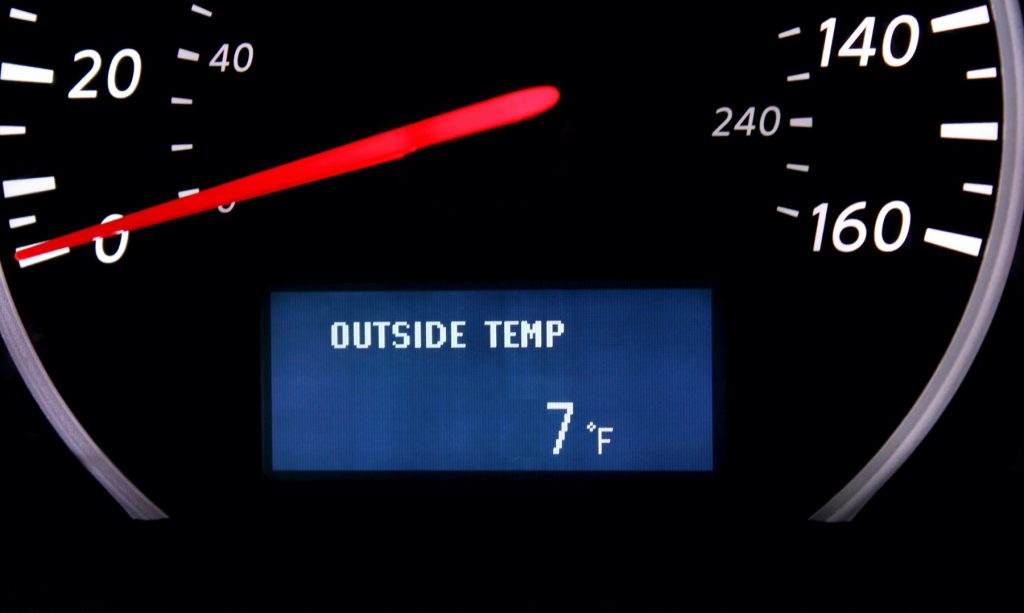
7. Keep a thermometer in your car.
If you own a newer model vehicle, you may have a temperature sensor that gives you an in-car and outside temperature reading. This really comes in handy during the winter season!
But if your car doesn’t have these fancy extra features, it is worth investing in a dash thermometer or digital weather station that can tell you what the road temperature is along the route you are driving.
Once the outside temperatures hit the freezing mark (32F), the risk for encountering black ice goes way up. This is especially true when you are driving over bridges, overpasses or underpasses. And the same holds true when you are driving in early morning or after dark when visibility conditions get even worse and it gets even colder.
The moment you see the thermometer inching in that direction is always the right moment to slow your speed and watch the other drivers in front of you very carefully to get a sense of what the road just ahead of you is like.

8. Never forget that all you can control is your own actions.
You may be the safest, most vigilant, focused and aware driver in Houston. Your car may be in perfect condition with shiny new winter tires that are fully aired up and ready to go.
However, you can be sure not every Houston driver you share the roadways with on any given day will be able to say the same.
Some drivers will be late. Other drivers may be having a really bad day. Still other drivers may be distracted by texting, phone calls or their own passengers. And other drivers may be lost as they navigate towards their destination.
By doing your utmost to prepare your vehicle and yourself for driving in winter in Houston, you lessen the chances that you will be caught by surprise when another driver does something that could endanger you both.
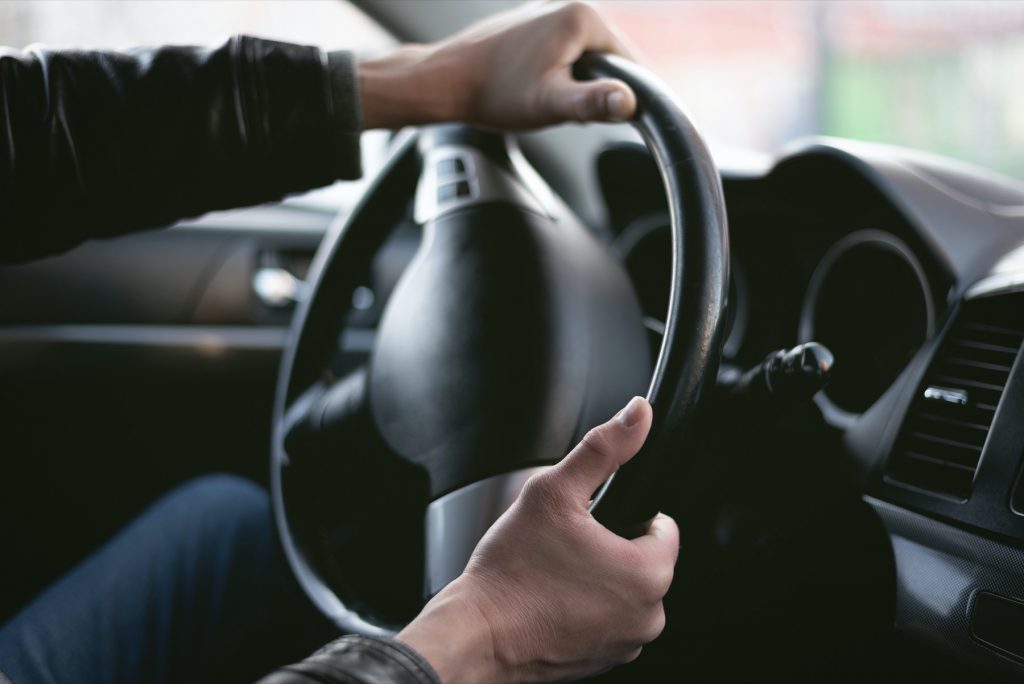
9. Change your vehicle handling to accommodate winter roadway differences.
Houston typically has a much lengthier warm season than it does a cold season. Even in the years when winter has been somewhat cold and harsh, at least it hasn’t lasted more than a few months, tops.
This means Houston drivers are largely out of practice for driving in cold weather and staying up to date with their winter driving safety. Even the safest vehicle with the best tires will require a different type of handling when temperatures plunge and rain, ice or snow is in the forecast.
These tips will help you transition to winter vehicle handling:
- Increase distance between your vehicle and other vehicles to a six-second count.
- Don’t floor the gas – it takes longer for your tires to gain traction and you risk a skid.
- Don’t slam on the brakes – here again, this could cause a skid.
- Try to keep moving rather than using the brakes and the gas a lot to reduce risk of skids.
- If you encounter a hill or rise in the roadway, try to build a little speed before you reach it rather than pump the gas once you are headed up the hill.
- Always reduce your speed (even if it means driving slower than the posted speed limit) in the presence of ice or snow or suspected black ice.
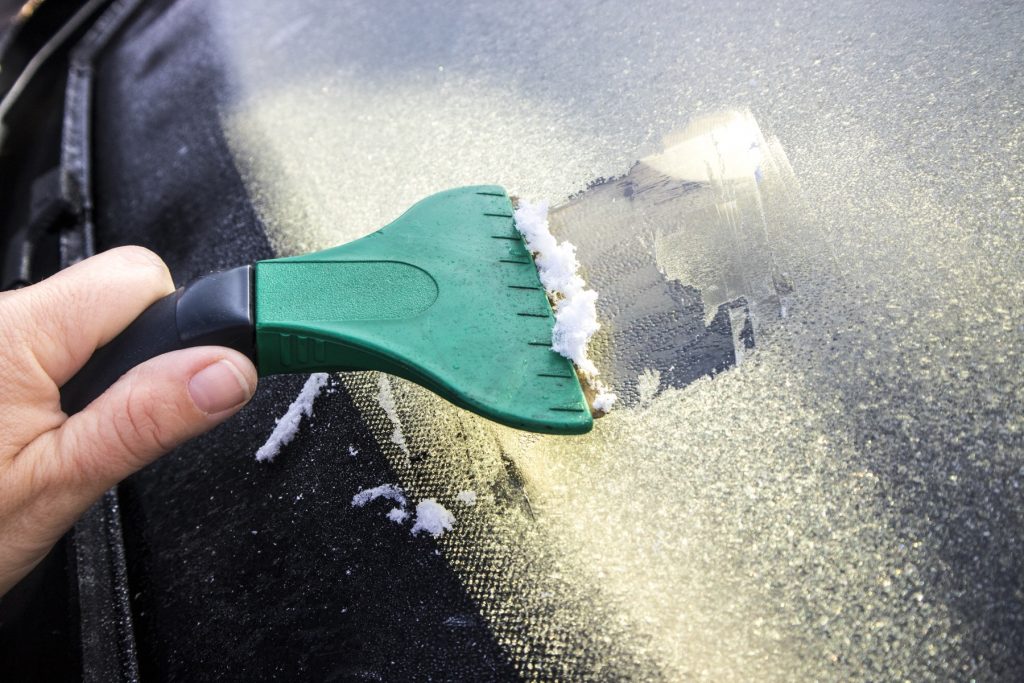
10. Be prepared for anything.
While winter in Houston does not generally produce the types of winter driving crises so common in colder climate states, that is no reason or excuse to let yourself get complacent.
Rain events in winter can still be severe and with sufficient plunge in temperature ice and snow won’t be far behind.
Both for these reasons and for all the other reasons you can’t think of right now, it is vital to keep an emergency kit in your car at all times.
Your winter vehicle emergency kit should include these items at a minimum:
- Flares and a flashlight for visibility.
- A warm blanket.
- A rain jacket and umbrella.
- Fresh drinking water and nonperishable snack items.
- A de-icing tool for your windshield.
- A spare power pack for your smart phone.
With these 10 winter driving safety tips in hand, you will be better prepared to safely navigate the Houston roadways this winter season.

